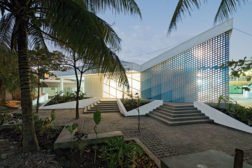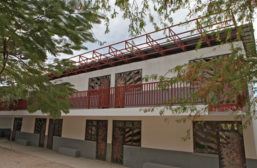Home » Keywords: » Haiti
Items Tagged with 'Haiti'
ARTICLES
Iron Market
Rising from the Rubble: The 2010 Haiti earthquake caused severe damage to the bustling Iron Market, a treasured icon. Thanks to a remarkable restoration, the bazaar is back in business.
Read More
Copyright ©2024. All Rights Reserved BNP Media.
Design, CMS, Hosting & Web Development :: ePublishing






